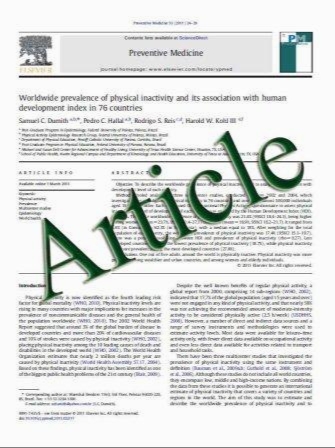Development of a novel ex vivo model of corneal fungal adherence
- نوع فایل : کتاب
- زبان : انگلیسی
- مؤلف : Qingjun Zhou & Hao Chen & Mingli Qu & Qian Wang & Lingling Yang & Lixin Xie
- چاپ و سال / کشور: 2010
Description
Purpose To construct a suitable ex vivo model for the research of molecular mechanisms and the pharmacological screening of fungal adherence on the corneal surface. Materials and methods Mouse eyes were divided into three groups as follows: a control group with normal corneal epithelium, a group with corneal epithelium that was needle-scarified, and a group with corneal epithelium that was completely debrided. All 96 corneas were placed in organ culture and inoculated with 5 ìl spore suspensions of Candida albicans at 109, 108, or 107 colony-forming units (CFU)/ml and incubated for 0, 30, 60, or 120 min. The corneas were homogenated and diluted for quantification by counting the CFU. The effects of amphotericin B or chondroitin sulfate on the adherence of the fungal spores were evaluated with the ex vivo organ culture model and were also compared with the human corneal epithelium monolayer model in vitro. Results Compared with the normal corneas with intact epithelium, the corneas with scarified and debrided epithelium adhered more spores for above two and four folds. The spore adhesion on the corneal surface was in an inoculation concentration- and incubation time-dependent manner. Moreover, both amphotericin B and chondroitin sulfate inhibited the adhesion of C. albicans spores on the corneal surface, but the inhibitory rates were different between the ex vivo corneal organ culture model and the in vitro corneal epithelium monolayer model. Conclusions The corneal organ culture was a suitable ex vivo model for the research of fungal adhesion mechanisms and drug screening.
Graefes Arch Clin Exp Ophthalmol (2011) 249:693–700 DOI 10.1007/s00417-010-1601-9 Received: 25 August 2010 / Revised: 22 November 2010 / Accepted: 2 December 2010 / Published online: 24 December 2010


